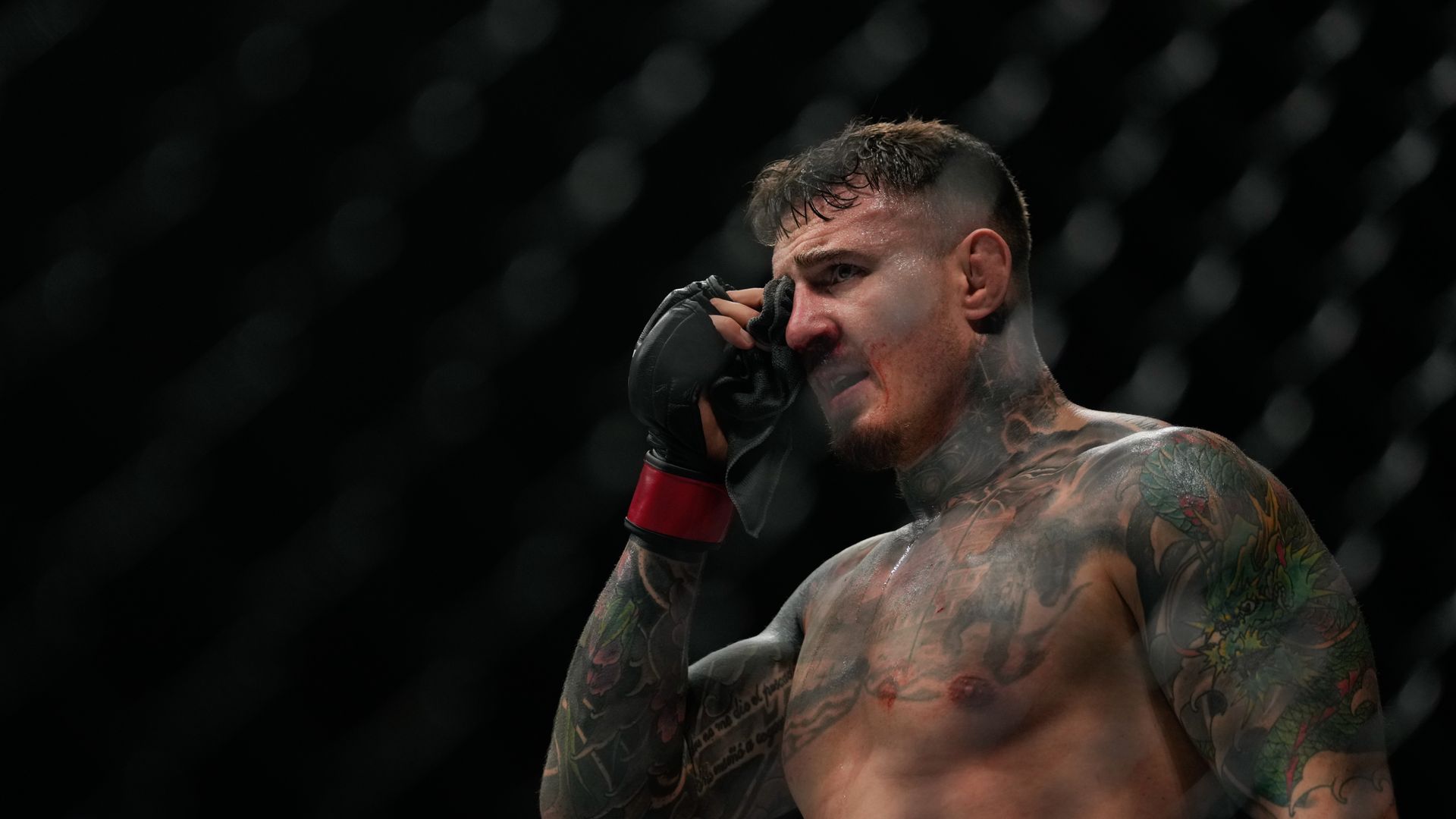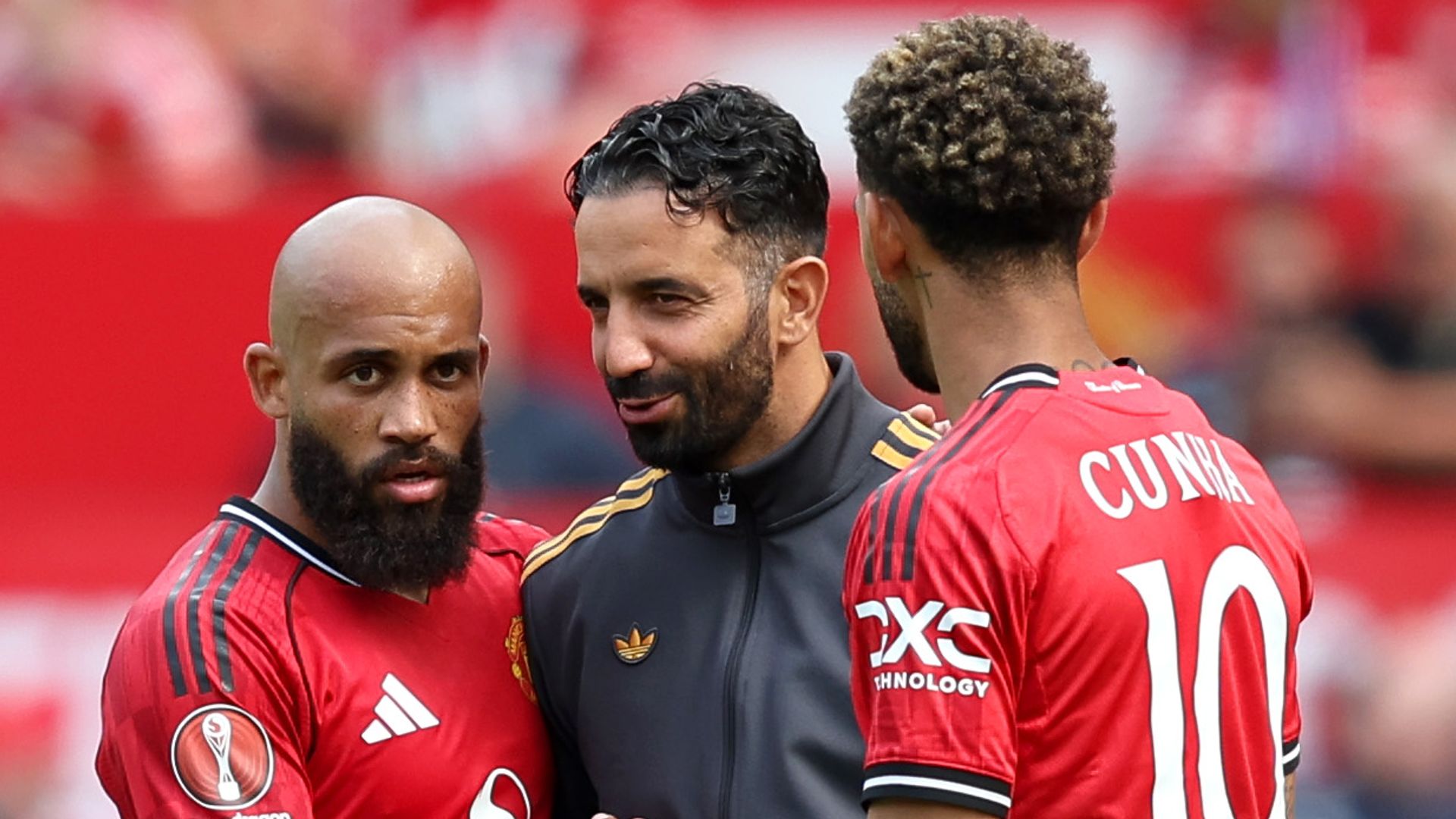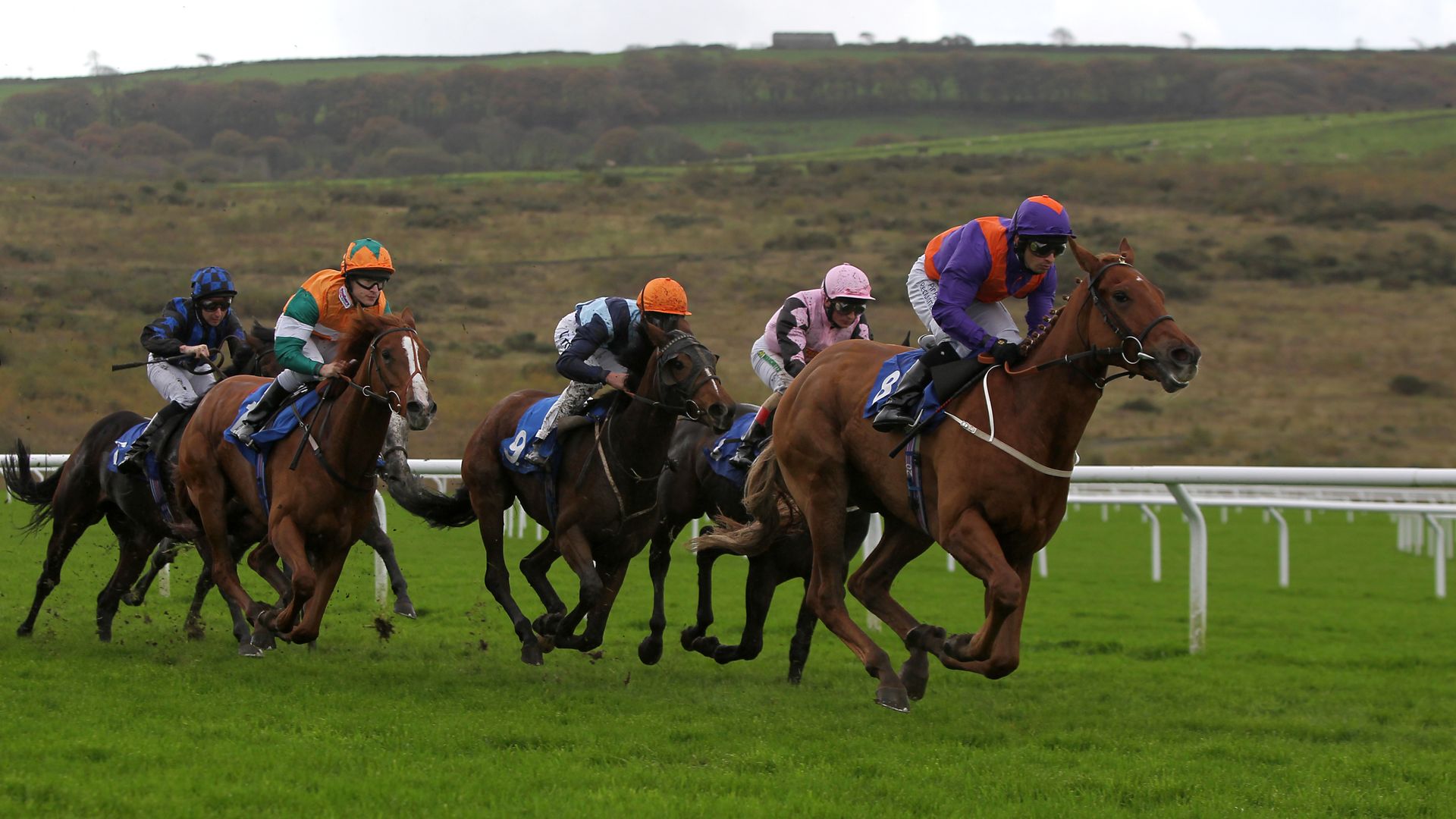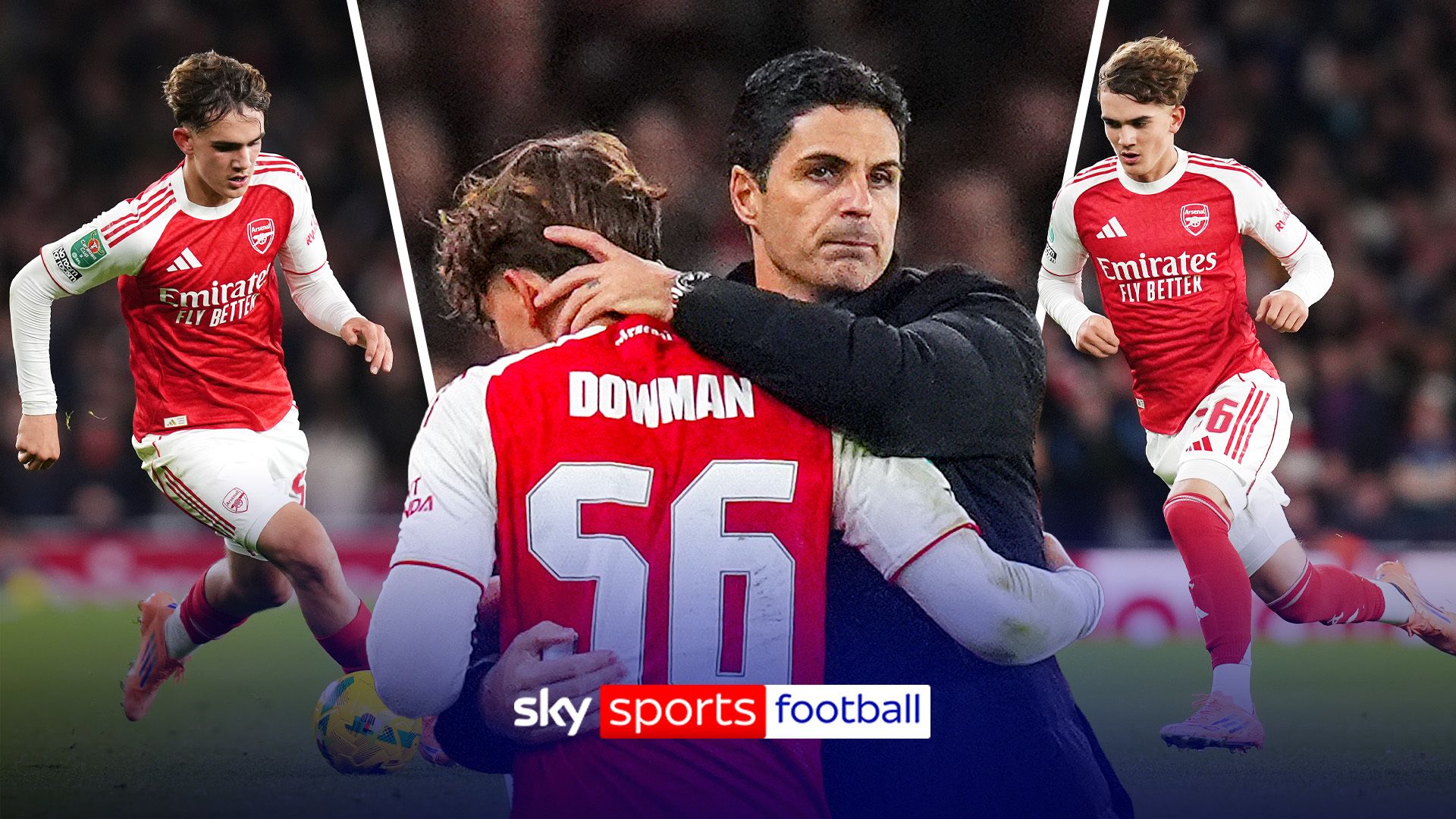Aspinall’s Eye Injury: A Shocking Revelation of UFC’s Brutal Reality, Echoing the Blindness of Society to the Dangers of Extreme Sports and the Price of Glory on the Path to Greatness.
Tom Aspinall’s recent fight against Ciryl Gane at the UFC heavyweight title bout has left him facing an alarming aftermath: a potential loss of sight due to an eye poke. This incident, which occurred during a highly anticipated matchup, has sparked a wave of discussions about the safety and regulations within mixed martial arts (MMA) and the broader implications of extreme sports on athletes’ health.
The UFC heavyweight division has always been a battleground of not just physical prowess but also mental fortitude. Athletes like Aspinall dedicate their lives to mastering the art of fighting, often sacrificing their body and health in pursuit of the championship gold. The stakes are incredibly high, and while the glory of victory is alluring, the risks involved can lead to devastating consequences. Aspinall’s father revealing that his son “still can’t see anything” out of his right eye raises critical questions about the protective measures in place for fighters and the potential long-term ramifications of such injuries.
Eye pokes are not uncommon in MMA, yet they highlight a crucial area of concern regarding the sport’s safety protocols. Fighters often find themselves in positions where accidental eye pokes can occur, compromising their vision and overall health. The UFC, while a leader in promoting mixed martial arts, faces scrutiny over how it manages fighter safety during bouts. The incident involving Aspinall is a stark reminder of the physical toll that combat sports can impose on athletes.
The question of fighter safety is not new; it has been a topic of heated debate for years. Advocates for change argue that the UFC and other organizations should implement stricter regulations regarding eye pokes, including potential penalties for fighters who inadvertently commit them. Moreover, the existing protocols for medical examinations post-fight have come under scrutiny, as the seriousness of injuries like Aspinall’s can sometimes be downplayed in the heat of competition.
The MMA community has witnessed several high-profile cases of fighters suffering severe injuries, some leading to career-ending consequences. In light of Aspinall’s eye injury, fans and analysts alike are prompted to consider the broader implications of a sport that often glorifies violence while neglecting the health and safety of its participants. The balance between entertainment and athlete welfare remains a contentious issue, echoing debates in various sports about how to prioritize the well-being of competitors without compromising the excitement of the event.
As Aspinall’s case unfolds, it serves as a call to action for both the UFC and regulatory bodies to reevaluate the measures in place to protect fighters. The narrative surrounding Aspinall’s injury parallels larger societal conversations about the cost of ambition and the sacrifices individuals make for success. In a culture that often glorifies risk-taking, whether in sports, business, or personal life, there is a growing need for a more profound examination of what it means to pursue greatness and the price one pays for it.
The UFC’s role in this discussion cannot be understated. As a major player in the world of combat sports, the organization holds significant influence over the sport’s evolution and the safety standards it adopts. The backlash following incidents like Aspinall’s eye poke can impact public perception and ultimately lead to changes in how events are conducted. Fighters deserve to compete with the assurance that their health is a priority, and the UFC must take proactive steps to ensure that safety measures evolve alongside the sport.
As the story develops, the intersection of public interest, fighter safety, and the ethical responsibilities of organizations like the UFC will remain a focal point. The debate is not merely about Aspinall’s eye but about the culture of mixed martial arts as a whole and the standards we set for those who dare to enter the octagon. The implications of this incident reach further than the immediate aftermath, touching on the very essence of what it means to engage in combat sports and the responsibilities we owe to the athletes who risk everything for our entertainment and the pursuit of glory.




